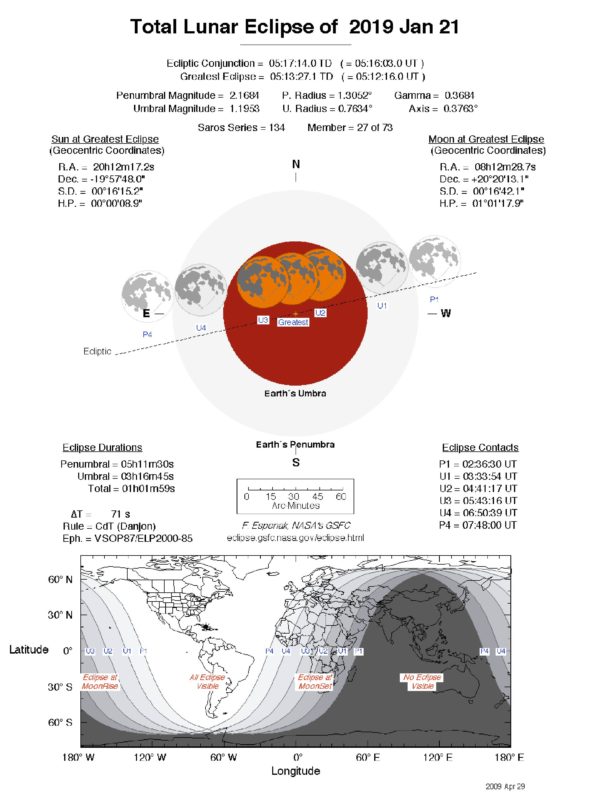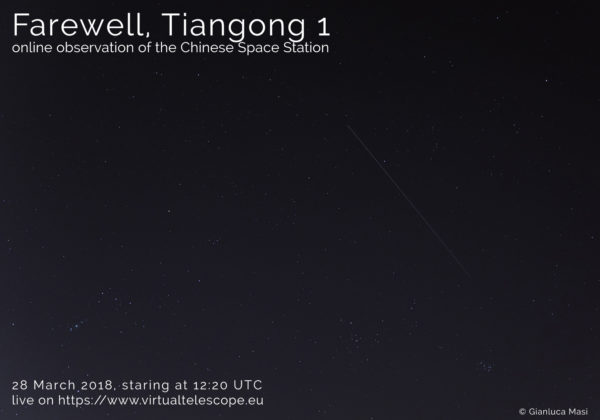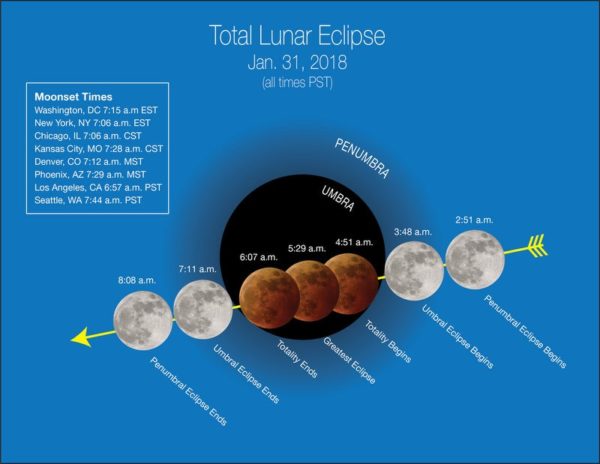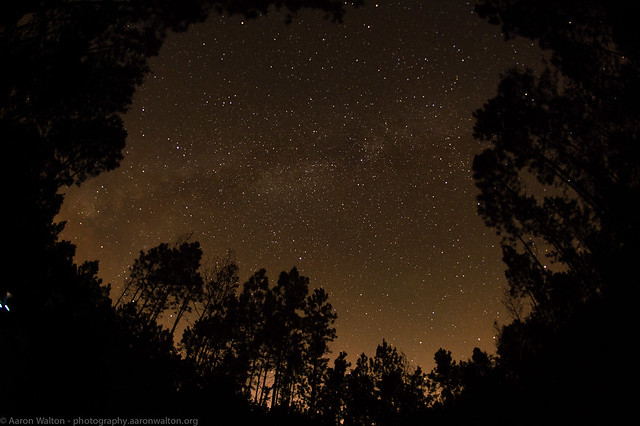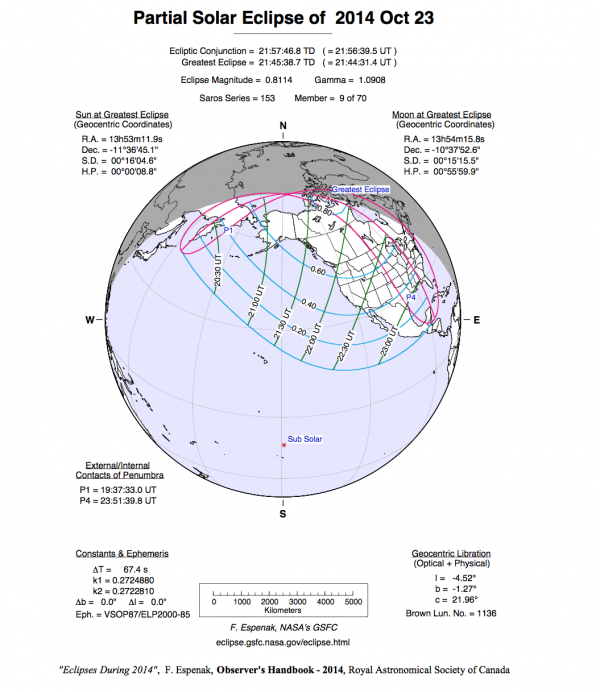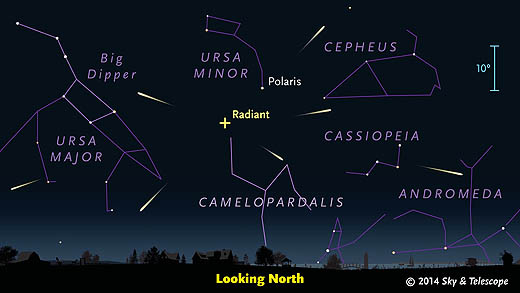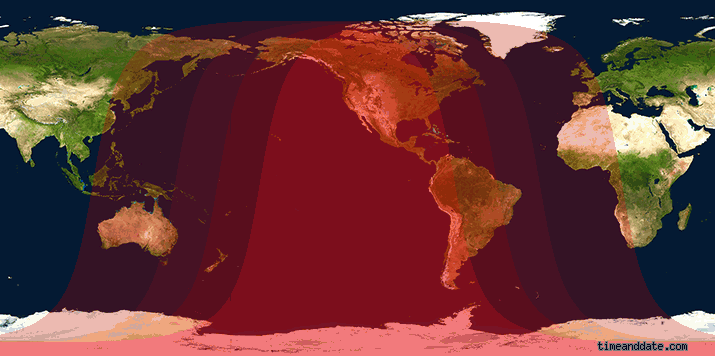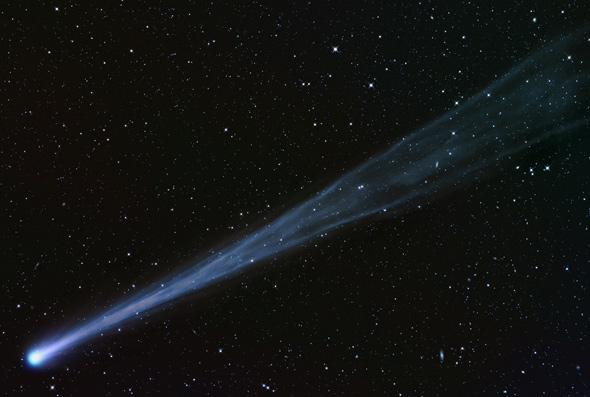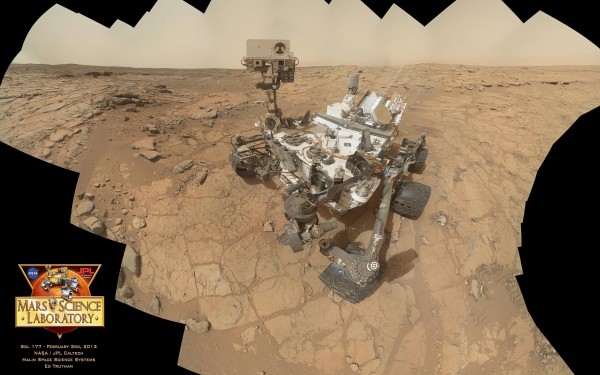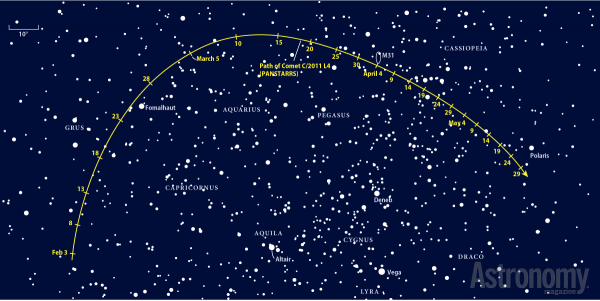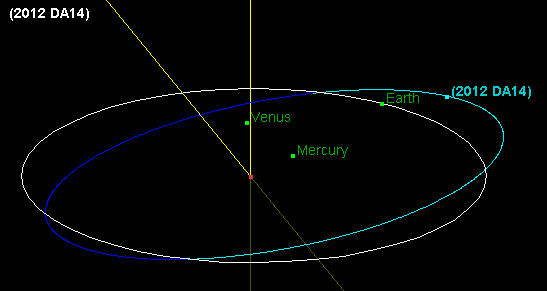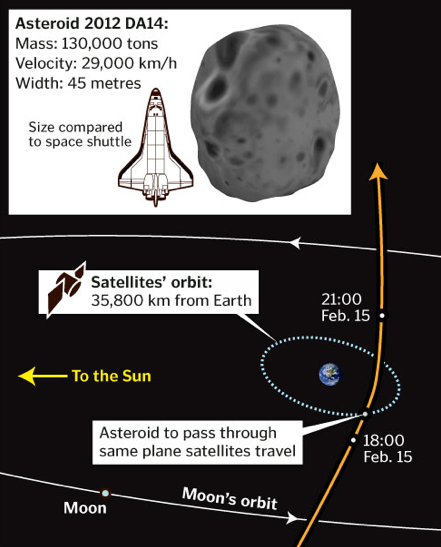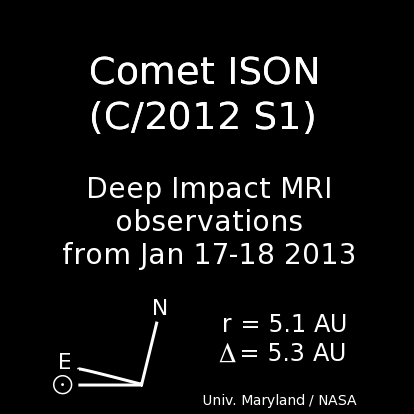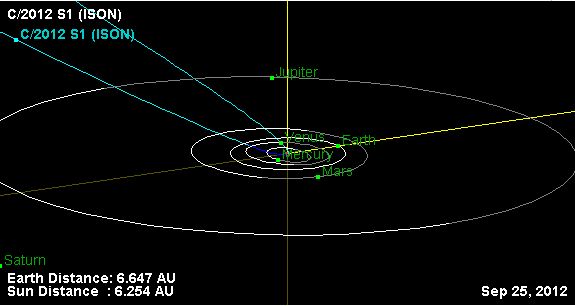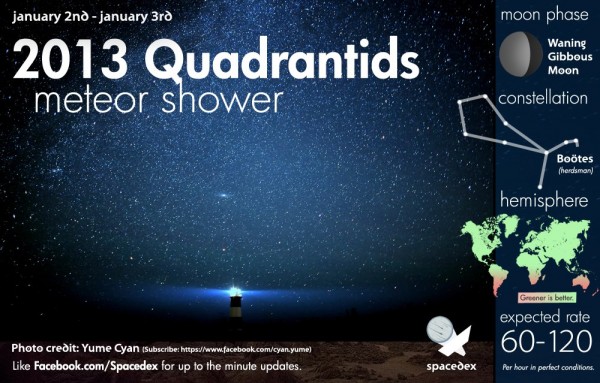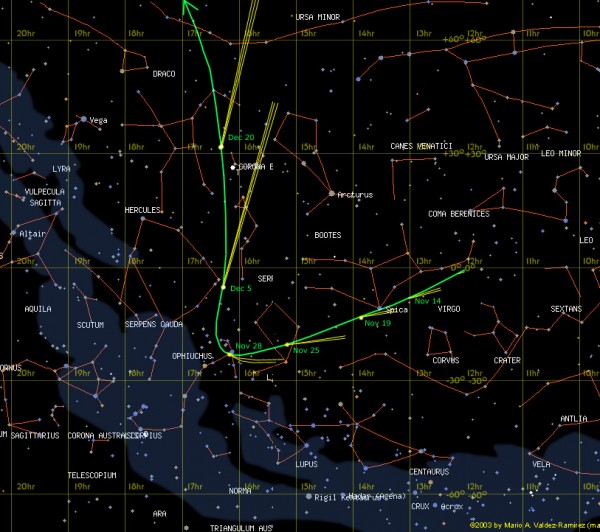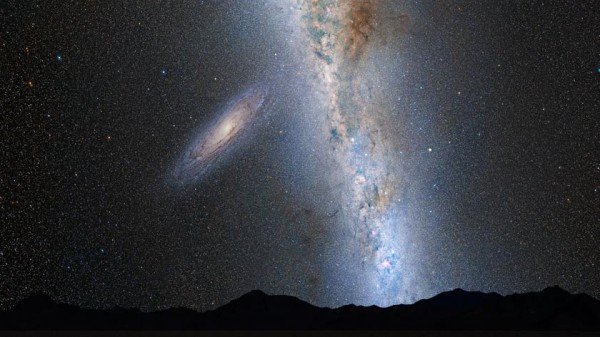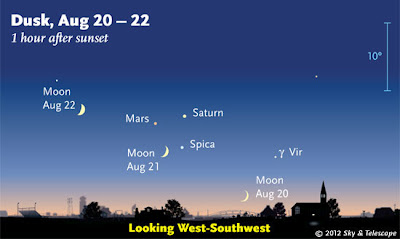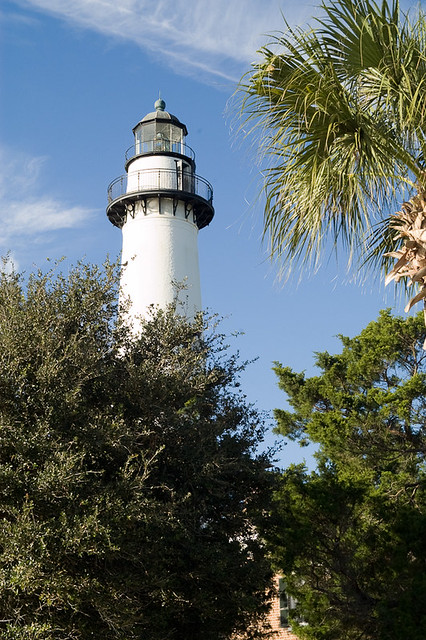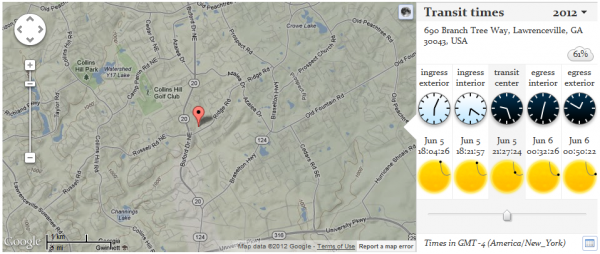
 Cool but not rainy this morning, very overcast before actual sunrise.
Cool but not rainy this morning, very overcast before actual sunrise.
Need to turn off my alarm and just wake up normally. I’ve been turning off the alarm after waking up and just letting myself want to get up before actually doing it. It has worked ok so far, sometimes I’m later sometimes earlier.
Booo! No Visual of the Transit of Venus, all cloudy here.
Checked in all the changes up to this point I have on my project at work, didn’t get an email from Chris or Kem about the things I need to do. I guess I just need to say it’s done and let them do a build.
Got home and Nicki was here, she went and got Subway even after I told her that I think I had enough spaghetti for her too. She left soon afterward, and left her Subway trash on the couch, not good. She also called last night and earlier today about the book she needed for class, obviously there was something that was suppose to come with the Astronomy book but didn’t in the whole book.
Nicki complained about her aches and pains again, seems another part of her body hurts as soon as another stops. She said it is mostly joins and gets bad enough for her to call out of work. She has mentioned it to the Nurse Practitioner and has gotten really no response except to have an MRI. Well seems a bit overboard to her and me as well. I’ve heard of a lot of young people coming down with certain chronic ailments more often than it seemed my generation did.
I made changes to the Beer web-code that now requires a login and should make it so bad things do not happen to the database due to crawlers and robots on the web.
I tried with Brian’s help to get a CVS thing on my site, instead I just found out that I really don’t have tty access to my server. It’s the only way he knows how to make it work, I’ll look around to see if there is another way, I haven’t seen one yet.
Brian and I ended up going to the Movie Stop and picking out some movies, I got the two that came out just today, Safe House with Denzel Washington and Ryan Reynolds along with Disney’s John Carter of Mars. Then I also reserved the next Sherlock Holmes and the Avengers. Used up about half of the $100 card I got for the rebate of my contact lenses that I just received. We then stopped in at Parma and got to see Lauren and Brian had dinner and we both had beers. The sun was out finally today, it was just before sunset and we couldn’t have seen it from the house due to all the trees to the west of us. If we had forgone the trip and went right back and got the solar scope we could have seen something but didn’t feel it was that important. I don’t figure I’ll be around in 117 years when it happens again, but who knows 🙂
